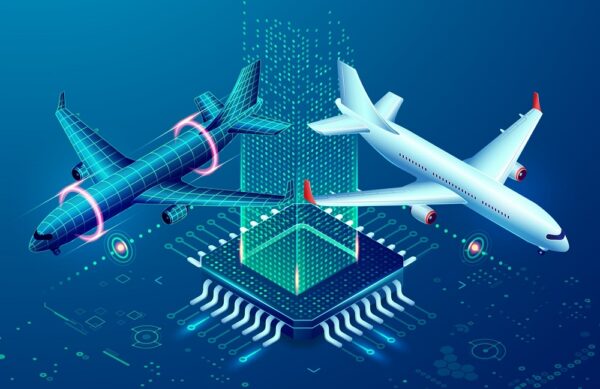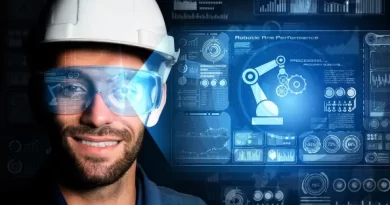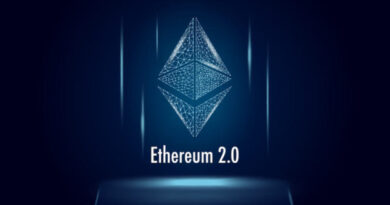Pioneering Tomorrow: An In-Depth Exploration of Digital Twin Technology
As technology continues to advance at a breakneck pace, Digital Twin Technology (DTT) has emerged as a groundbreaking innovation that marries the physical and digital realms. A digital twin is a precise digital counterpart of a physical object, system, or process. This technology is transforming industries by enabling real-time data integration, simulation, and optimization. Let’s explore how digital twin technology is reshaping our world and its potential across various sectors.
Understanding Digital Twin Technology:
The Mechanism Behind Digital Twins:
- Data Acquisition: Sensors and IoT devices collect extensive data from the physical object or environment.
- Data Integration: This data is integrated into a virtual model, creating an accurate digital representation.
- Simulation & Analysis: Advanced algorithms simulate various scenarios to analyze potential outcomes and behaviors.
- Feedback & Optimization: Insights from the digital twin inform adjustments and improvements in the physical system.
Real-World Applications of Digital Twins:
- Manufacturing: In manufacturing, digital twins are used to simulate production lines, detect inefficiencies, and optimize workflows. This leads to reduced production costs, improved product quality, and increased operational efficiency.
- Healthcare: Digital twins can model organs or entire biological systems, allowing for precise simulations of treatments and procedures. This enhances personalized medicine, improves patient outcomes, and aids in medical research.
- Smart Cities: Urban planners utilize digital twins to simulate infrastructure, manage traffic, and optimize energy usage. This helps in designing more efficient, sustainable, and livable cities.
- Aerospace: The aerospace industry employs digital twins to monitor aircraft conditions, predict maintenance needs, and ensure safety. This reduces downtime and maintenance costs while enhancing operational reliability.
- Automotive: Automotive companies use digital twins to design and test vehicles, accelerating development cycles and enhancing safety features. This leads to better-performing, safer vehicles.
Advantages of Digital Twin Technology:
- Operational Efficiency: Real-time data and simulations lead to optimized processes and reduced operational expenses.
- Predictive Maintenance: Digital twins can foresee potential issues, enabling proactive maintenance and minimizing disruptions.
- Informed Decision-Making: Accurate simulations and insights support strategic, data-driven decisions.
- Customization: In fields like healthcare, digital twins enable highly personalized solutions and treatments.
- Sustainability: By optimizing resource use and reducing waste, digital twins contribute to sustainable practices.
Challenges and Future Directions:
Despite its numerous benefits, digital twin technology also faces challenges such as data security, integration complexity, and the need for high computational resources. However, advancements in AI, machine learning, and IoT are steadily addressing these issues, fostering broader adoption.
Looking ahead, the future of digital twin technology is incredibly promising. As industries further integrate IoT and digital solutions, the adoption of digital twins will become more widespread. This technology is poised to revolutionize operational efficiency, drive innovation, and create smarter, more resilient systems.
Conclusion:
Digital twin technology is a transformative force in the modern technological landscape. By bridging the gap between the physical and digital worlds, it enables unprecedented levels of optimization, innovation, and sustainability. As we continue to harness the power of digital twins, we can look forward to a future marked by smarter operations and more informed decision-making across all industries
FAQs:
1. What is Digital Twin Technology?
Digital Twin Technology involves creating a digital replica of a physical asset, system, or process. This virtual model mirrors real-world conditions using real-time data, enabling detailed simulation and analysis.
2. How do digital twins operate?
Digital twins gather data from sensors and IoT devices embedded in the physical object. This information is then processed and integrated into a digital model, which continuously simulates and analyzes the object’s behavior and performance.
3. Which industries can benefit from digital twin technology?
Industries such as manufacturing, healthcare, aerospace, automotive, and urban planning can greatly benefit from digital twin technology. Each sector leverages digital twins to enhance efficiency, predict maintenance needs, improve decision-making, and drive innovation.
4. How do digital twins assist with predictive maintenance?
Digital twins are ideal for predictive maintenance. By continuously monitoring the physical system and analyzing operational data, they can forecast potential failures and recommend preemptive maintenance, minimizing downtime and repair costs.
5. In what ways do digital twins contribute to smart city initiatives?
For smart cities, digital twins are used to simulate and manage urban infrastructure, traffic patterns, and energy usage. This helps city planners optimize resources, improve sustainability, and enhance residents’ quality of life.
6. What challenges are associated with the implementation of digital twin technology?
Implementing digital twin technology can present challenges such as ensuring data security, managing complex system integrations, and requiring significant computational power. However, ongoing advancements in AI and IoT are helping to address these obstacles.
7. How do digital twins enhance manufacturing processes?
In the manufacturing sector, digital twins simulate production lines to identify inefficiencies and optimize workflows. This results in lower operational costs, higher product quality, and improved overall efficiency.
8. What is the role of AI in digital twin technology?
AI is crucial in digital twin technology, providing advanced data analysis and predictive modeling capabilities. AI algorithms simulate complex scenarios, generate actionable insights, and enhance the accuracy of digital twins.
9. Are digital twins used in personalized healthcare?
Yes, digital twins are increasingly used in healthcare to create personalized models of patients’ organs or systems. This allows for precise simulations of treatments and procedures, leading to better patient outcomes and advancing medical research.
10. What does the future hold for digital twin technology?
The future of digital twin technology is promising, with continued advancements expected to drive broader adoption across various industries. As IoT and AI technologies evolve, digital twins will become even more integral to optimizing operations, fostering innovation, and developing smarter, more resilient systems.
11. How can businesses start integrating digital twin technology?
Businesses can begin integrating digital twin technology by identifying areas where digital twins can add the most value. This involves investing in IoT sensors and devices, ensuring seamless data integration, and utilizing advanced analytics and AI to create accurate digital models. Collaborating with technology providers and industry experts can also facilitate a successful implementation.




